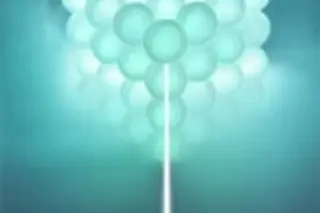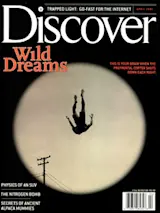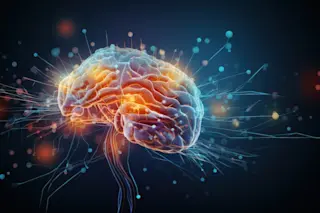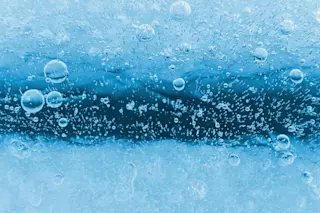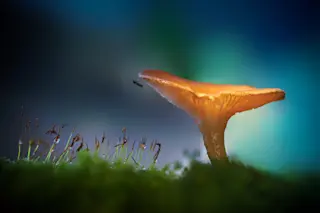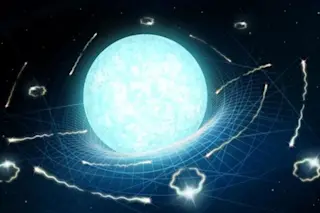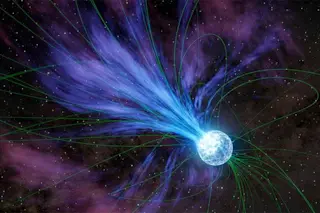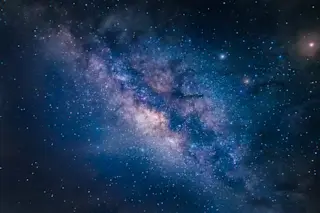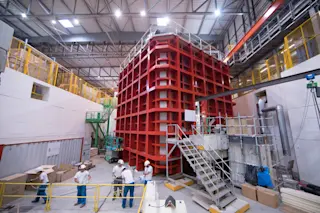One day in the spring of 1987, Eli Yablonovitch and Sajeev John got together for a lunch they both remember well. The two researchers had never met. They got in touch after discovering that each had submitted a paper to Physical Review Letters based on the same novel idea— an idea now considered groundbreaking.
Yablonovitch was an electrical engineer at Bell Communications Research, or Bellcore, in Red Bank, New Jersey. He was already known for his work refining a laser that would become a mainstay of fiber-optic communications. John was a promising theoretical physicist; he had recently joined the faculty at Princeton University. When they sat down together, in the civilized surroundings of a Princeton dining hall, the sociobiological dynamic was that of two large dogs sniffing each other.
"The conversation was lively," recalls John.
"The meeting was lively, but it was also a little tense," Yablonovitch says. Both men ...


